Waterproofing Solutions for Building Durability
Waterproofing is a critical process that prevents water infiltration in building structures, foundations, roofs, and other surfaces. Proper waterproofing enhances durability, prevents structural damage, and maintains the integrity of a property. It involves applying specialized materials to create a barrier against moisture and water penetration.
Effective waterproofing protects buildings from water damage, mold growth, and structural deterioration, ensuring longevity and safety.
Materials such as membranes, sealants, coatings, and bituminous products are widely used for various waterproofing applications.
Techniques include membrane installation, slurry coats, and spray-applied coatings, tailored to specific surfaces and environmental conditions.
Proper waterproofing can reduce maintenance costs, improve indoor air quality, and prevent costly repairs caused by water damage.
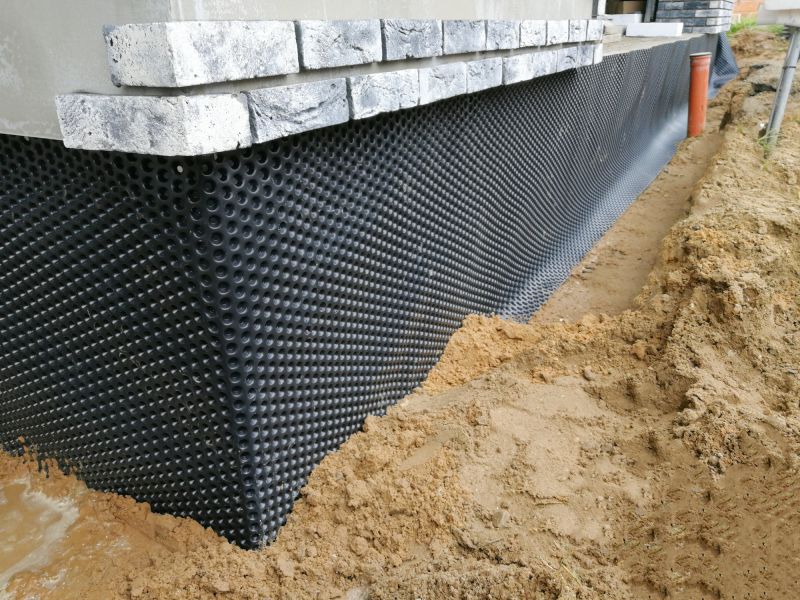
Applying waterproof membranes on building surfaces to create a moisture barrier.
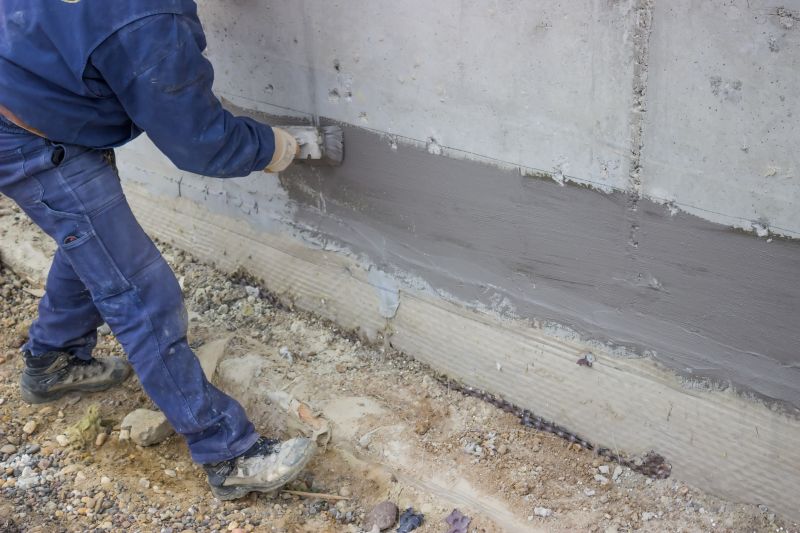
Using sealants to close gaps and prevent water ingress.

Protecting roofs with specialized coatings and membranes.
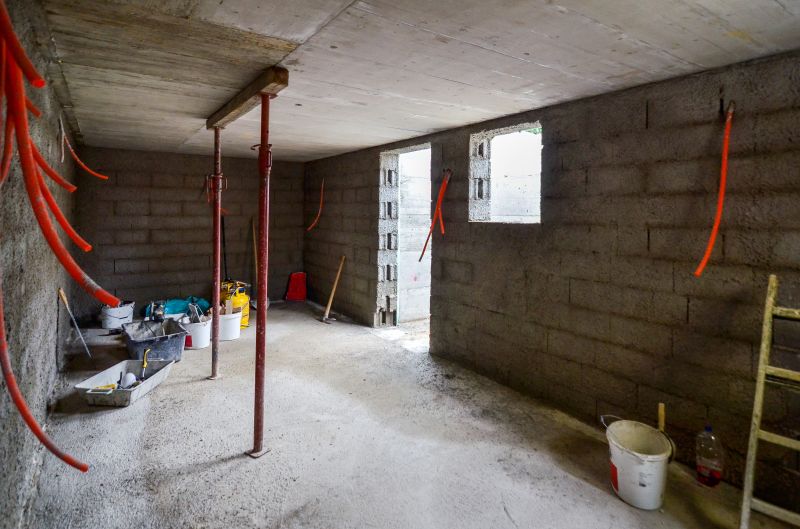
Ways to make Waterproofings work in tight or awkward layouts.
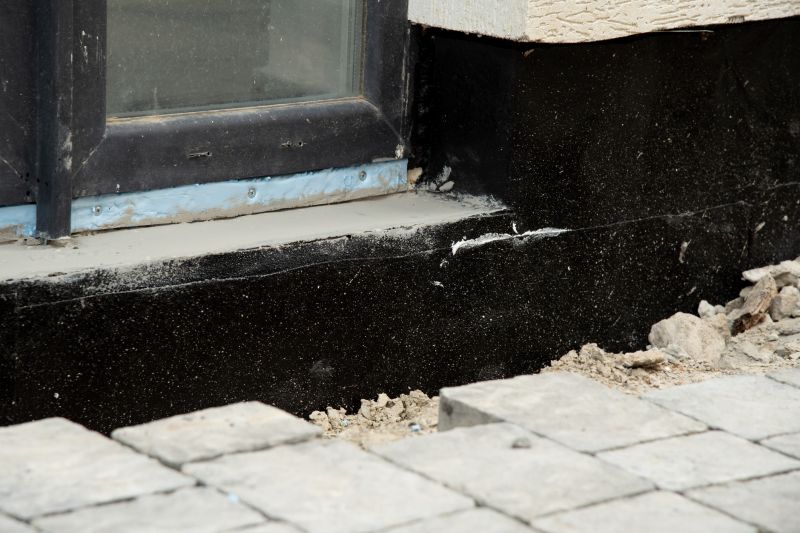
Popular materials for Waterproofings and why they hold up over time.
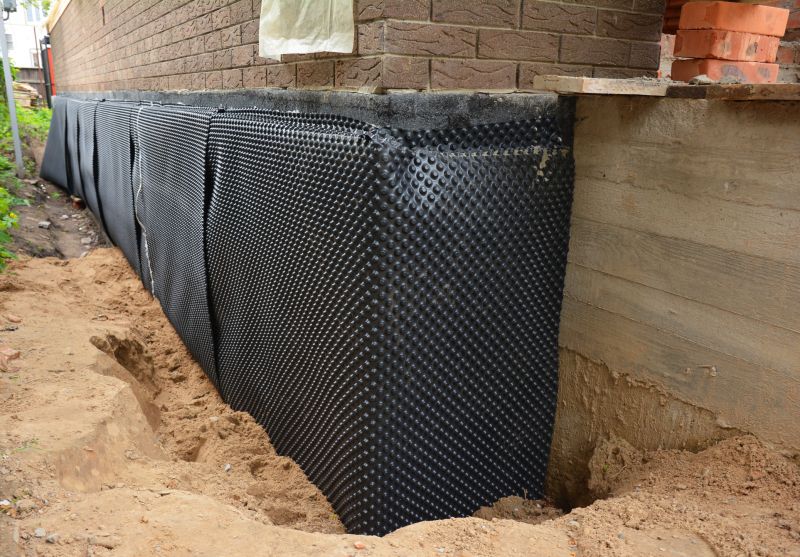
Simple add-ons that improve Waterproofings without blowing the budget.
| Optimal Timing for Waterproofing | Details |
|---|---|
| Before Construction | Applying waterproofing during the initial phases of building ensures long-term protection. |
| Pre-Winter | Waterproofing before cold weather prevents moisture infiltration during freezing temperatures. |
| Post-Heavy Rainfall | Performing waterproofing after heavy rains addresses existing water issues and prepares for future storms. |
| During Dry Seasons | Dry weather allows for better adhesion and curing of waterproofing materials. |
| Prior to Basement Waterproofing | Sealing before basement flooding seasons minimizes water seepage risks. |
The timing of waterproofing projects significantly impacts their effectiveness and longevity. Implementing waterproofing measures before adverse weather conditions, such as winter or heavy rains, can prevent water intrusion and reduce repair costs. Seasonal considerations, like dry periods, facilitate proper application and curing of waterproofing materials, ensuring optimal performance.
Statistics indicate that improper waterproofing can lead to substantial structural damage and increased maintenance expenses. Up to 70% of building repairs are related to water damage, emphasizing the importance of timely and effective waterproofing strategies. Regular assessments and maintenance further extend the lifespan of waterproofed surfaces.
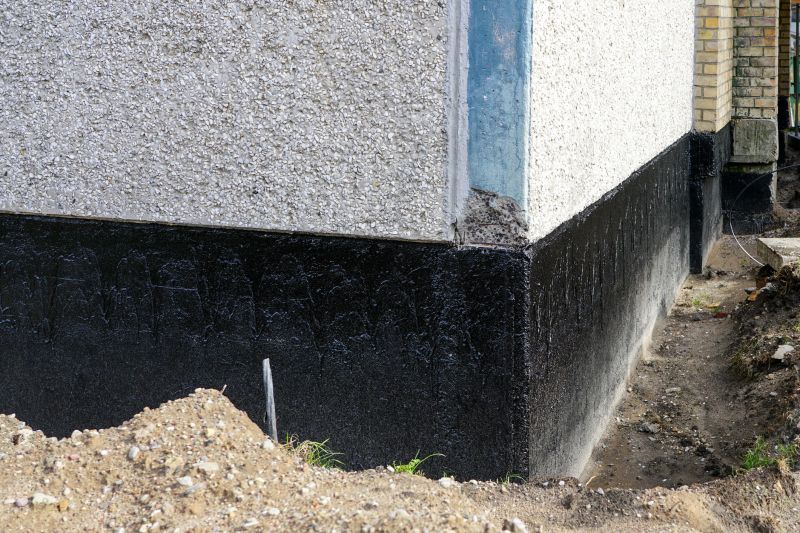
Application of waterproof coatings on building surfaces.
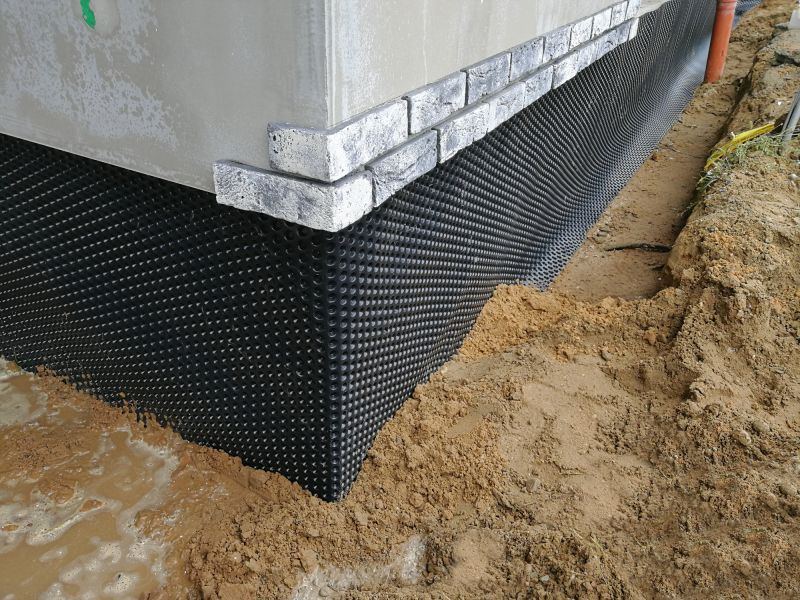
Sealing basement walls to prevent water seepage.
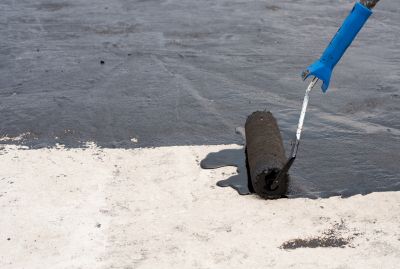
Applying protective waterproof coatings on roofs.

Assessing surfaces for potential water infiltration points.
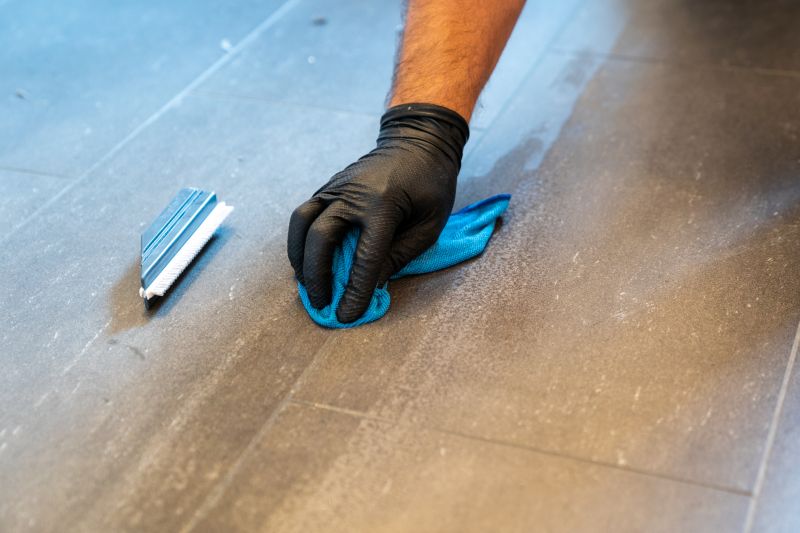
High-end options that actually feel worth it for Waterproofings.

Finishes and colors that play nicely with Waterproofings.
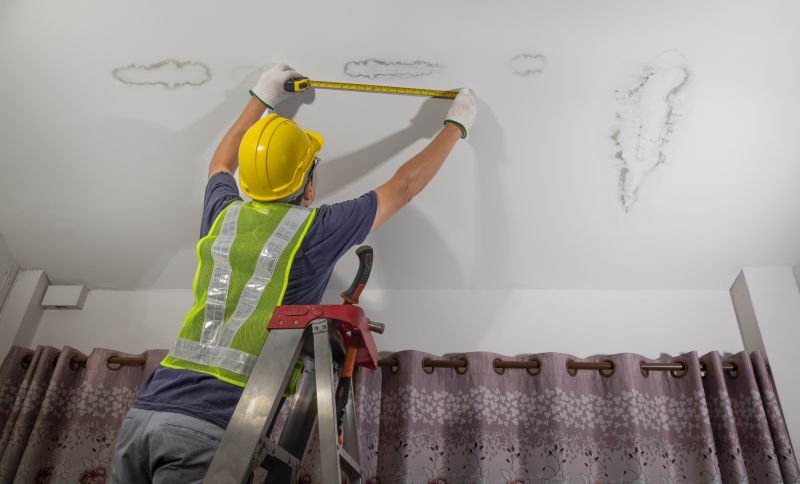
Little measurements that prevent headaches on Waterproofings day.
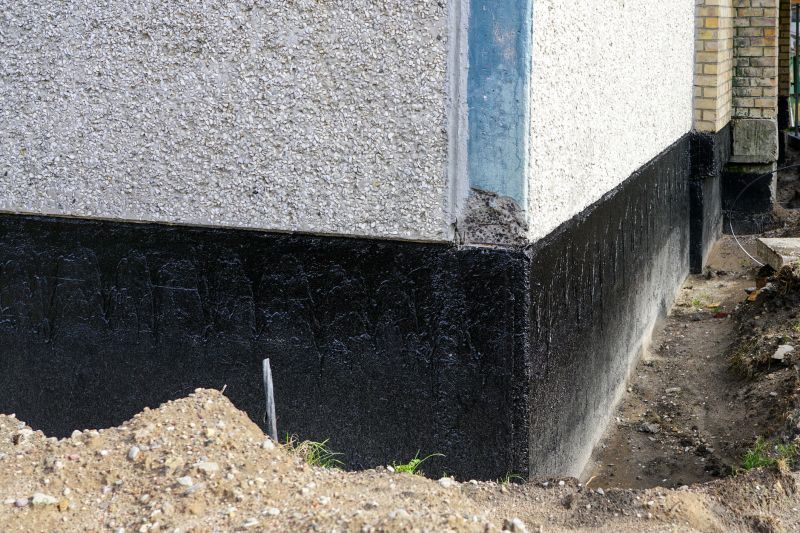
A 60-second routine that keeps Waterproofings looking new.
Interested property owners or managers in waterproofing solutions are encouraged to contact for more information. Proper timing and application of waterproofing can significantly enhance building durability and reduce long-term costs. Professional assessments can identify the most suitable waterproofing methods for specific needs.




